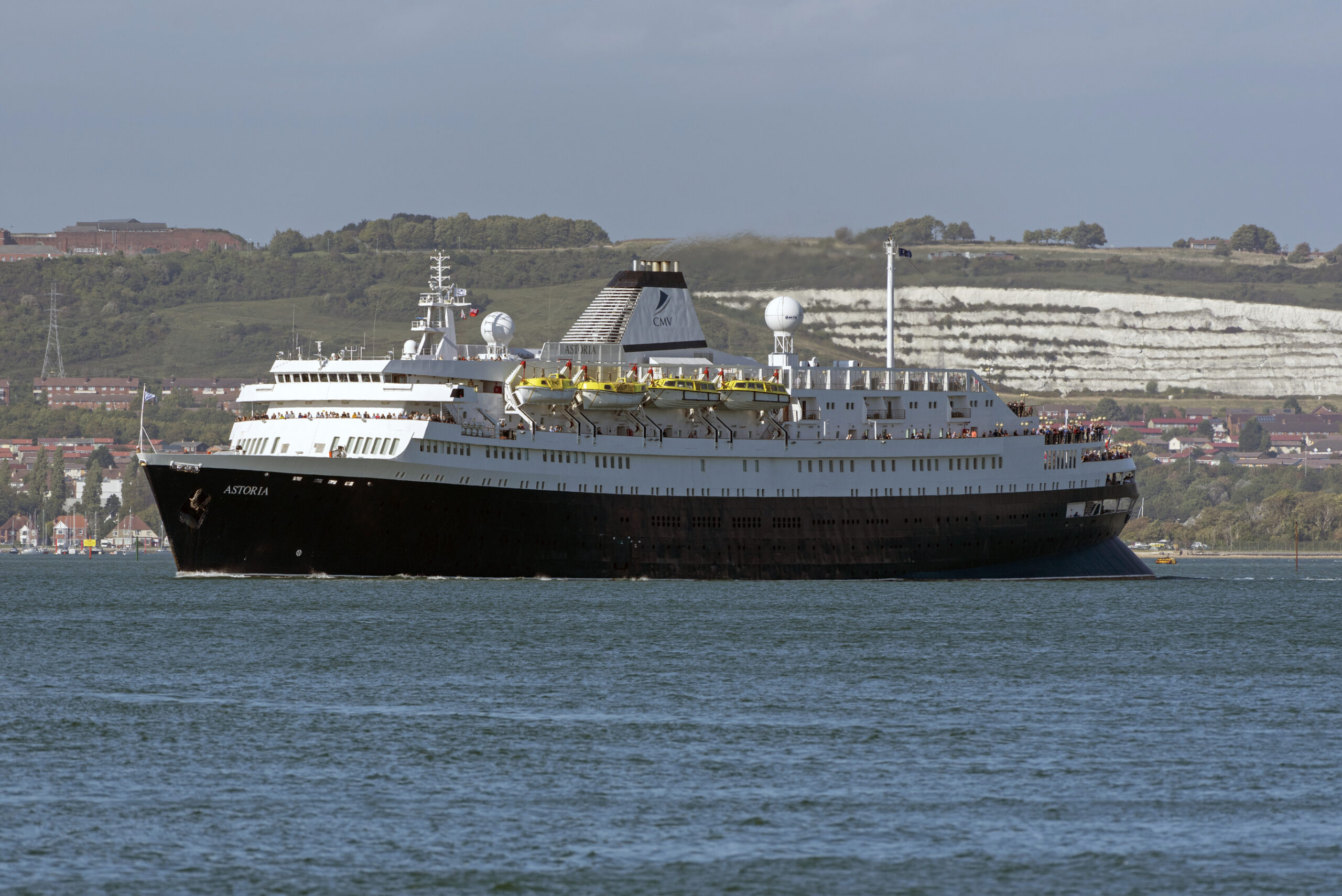By Michael Grey*

It must be summer, when there is the annual alarm in the UK about the potential catastrophe from the detonation of 1400 tonnes of high explosives sitting in the mouldering holds of the Liberty ship Richard Montgomery. They have rested there inoffensively since the ship dragged her anchor and grounded in the lower Thames in 1944, but always available for a regular article explaining how, following any detonation, a wall of water will sweep up the Thames, windows will be shattered from the Medway to Mersea Island and Southend on Sea will be devastated. Only the degree and detail of the hyperbole varies.
It was a good story half a century ago, when ships using the old Edinburgh Channel used to stop their engines and coast past the wreck, lest their vibrations ignite Armageddon. It remains a reliable seasonal pot-boiler on a slack day in the newsroom, when the crack correspondents are on holiday. It can be relied upon for a querulous question in the House when a Member from a threatened constituency wishes to voice concern. This year, the state of the ship’s rusty masts was a matter of anxiety. Salvage, which was deemed pointless and hazardous in 1945, would seem to be unlikely today, although some sort of cautious intervention is being talked about.
Wartime wrecks, from both world wars in the 20th century increasingly demonstrate problems that have never entirely gone away. Those from the first great conflagration, the majority of which were coal fired, are less of a concern, but salvors are increasingly having to deal with oil pollution seeping from the rusty tanks of ships sunk in WWII. Cablers and wind turbine planters have also to beware of munitions from those times.
The sheer capability of the modern salvor, who has been able to deal with oil leaks from wrecks at extraordinary depths, emboldens authorities, which in an earlier era would have merely concentrated on clean up. Now they will demand that something more dramatic is done, and somebody is traced down the decades to pay for it. And while thinking of highly capable salvors, they did not come much better than Nan Halfweeg, a famous salvage master from the great Dutch company Wijsmuller, whose death was announced recently, at the age of 87.
He achieved heroic status in a salvage operation, which began on Christmas day 1973, when the fully laden and brand new Capesize Ellwood Mead ran aground on the dreaded Les Grunes reef, off the storm-lashed coast of Guernsey. With a vast amount of bottom damage and nearly 123,000 tons of iron ore in her holds, it seemed a forlorn hope that Wijsmuller would succeed, on a reef that was reputed to be a ships’ graveyard. There seemed every likelihood that the huge ship would break up in the winter storms. But over the next couple of months, living aboard the wreck. Halweeg and his team managed, using submersible slurry pumps and a great deal of ingenuity, to sufficiently lighten the vessel and pressurise the holds to enable her to be towed off and taken to Rotterdam.
There, the full magnitude of the damage was established and the ship declared a CTL. She seemed only fit for scrap, but an enterprising Greek owner saw potential and had the ship repaired. Christened Good Leader, (showing commendable economy in painting her new name,) she had a long and useful career, as indeed did Captain Halfweeg. There was a terrifying photograph taken by the salvors from the stricken vessel’s bridge at the height of a January storm, with huge waves washing over the decks, which demonstrated very effectively the difficulties they faced in this amazing salvage. So much for famous men.
The incident involving the “ageless” Astoria cruise ship
But another ship in the news this summer was the old cruise ship Astoria, which was finally towed away to be recycled in Belgium after a life that had begun as far back as 1948. Built as Swedish-Amerika’s ice-strengthened Atlantic liner Stockholm, she achieved notoriety in 1956 when she collided with the elegant Italian Andrea Doria in fog off the Nantucket light. 51 people lost their lives and the Italian ship, mortally wounded in the 19 knot collision, eventually sank.
On New York’s doorstep, there was huge publicity, the legal proceedings over which of the two radar-equipped ships was responsible, were to last for years, but the “radar-assisted” collision led to mandatory radar training for deck officers.
My generation was among the first to endure this. Stockholm had her reinforced bow repaired and under a variety of names became a cruise “classic.” Lasting for 77 years, they had clearly built the ancient Astoria well.
(Dreamstime photo of the Astoria, until recently the second-oldest cruise ship in service)
*Michael Grey is former editor of Lloyd’s List. This column is published with the kind permission of The Maritime Advocate.)


